Home>Garden Essentials>How Do Fungi Germinate
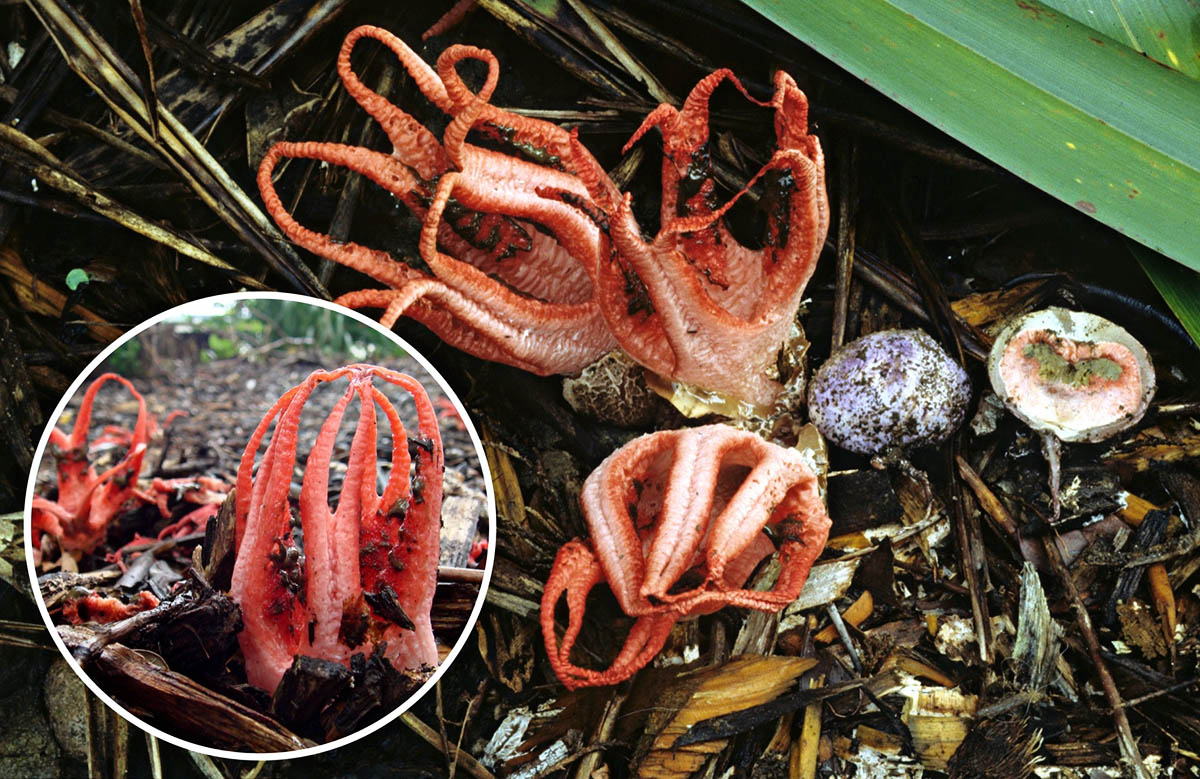

Garden Essentials
How Do Fungi Germinate
Modified: March 16, 2024
Learn the process of fungi germination in your garden and discover the secrets behind their growth and development.
(Many of the links in this article redirect to a specific reviewed product. Your purchase of these products through affiliate links helps to generate commission for Storables.com, at no extra cost. Learn more)
Introduction
Welcome to the fascinating world of fungi! These incredible organisms play a crucial role in our ecosystem, from decomposing organic matter to forming mutualistic relationships with plants. One of the key processes in the lifecycle of fungi is germination, where fungal spores transform into actively growing structures called mycelium. Understanding how fungi germinate is essential for anyone interested in gardening, as it can help optimize conditions for cultivating mushrooms or preventing the spread of pathogenic fungi.
In this article, we will delve into the intricate process of fungal germination, exploring the factors that influence spore activation, spore swelling and tube emergence, hyphal growth, and mycelium formation. We will also discuss the nutritional requirements and environmental conditions necessary for successful germination. By the end, you will have a comprehensive understanding of how fungi germinate and the significance of this process.
So, let’s embark on this scientific journey and unravel the mysteries of fungal germination!
Key Takeaways:
- Fungal germination is the amazing process where tiny spores turn into growing structures, and it’s super important for gardening and understanding how fungi work in nature.
- Factors like moisture, temperature, and nutrients influence fungal germination, and knowing these factors helps us create the best conditions for growing mushrooms and controlling plant diseases.
Read more: How Do Plants Germinate
Fungal Germination: An Overview
Fungal germination is the process by which fungal spores, which are microscopic reproductive structures, develop into a network of branching filaments known as mycelium. This fascinating transformation is a crucial step in the fungal life cycle, allowing fungi to grow and reproduce.
When conditions are favorable, fungal spores begin the germination process. However, it’s important to note that not all spores germinate immediately. Some remain dormant until suitable conditions are met, ensuring the survival of the species.
The germination process can be divided into several stages: spore activation, spore swelling and tube emergence, hyphal growth, and mycelium formation. Let’s explore each stage in detail:
- Spore Activation: This is the initial step where the spore switches from a dormant state to an active one. Various factors, such as moisture, temperature, and chemical signals, influence spore activation. Once activated, the spore undergoes biochemical changes in its internal composition, preparing it for further development.
- Spore Swelling and Tube Emergence: In this stage, the activated spore absorbs water, causing it to swell. The swelling leads to the rupture of the outer spore wall and the emergence of a slender tube called the germ tube. The germ tube extends in search of suitable substrates for growth.
- Hyphal Growth: As the germ tube elongates, it develops branches called hyphae. Hyphae are the building blocks of the mycelium, acting as the interconnected network through which nutrients are absorbed and transported. Hyphal growth is a vital stage in fungal germination, as it determines the extent and spread of the mycelium.
- Mycelium Formation: The culmination of fungal germination is the formation of mycelium, which is a tangled mass of hyphae. The mycelium serves as the primary feeding structure for the fungus, absorbing nutrients from the surrounding environment. It continues to grow and spread, establishing the foundation for subsequent stages of the fungal life cycle.
Each stage of fungal germination is intricately regulated by a combination of molecular and environmental cues. The timing and success of germination depend on factors such as temperature, humidity, light, and the availability of nutrients and suitable substrates.
Fungal germination holds immense significance in various fields, including agriculture, medicine, and ecology. Understanding the germination process allows us to cultivate beneficial fungi, control the growth of harmful ones, and unearth the potential therapeutic compounds that fungi produce.
Now that we have gained a comprehensive overview of fungal germination, it’s time to dive deeper into the factors that influence this intricate process.
Factors Affecting Fungal Germination
Fungal germination is an intricate process that is influenced by a variety of factors. Understanding these factors is key to creating optimal conditions for fungal growth and development. Let’s explore the key factors that affect fungal germination:
- Moisture: Adequate moisture is essential for fungal spores to germinate. It triggers spore activation and enables the absorption of water, leading to spore swelling and tube emergence. However, excessive moisture can create a breeding ground for fungal pathogens, so it’s important to maintain a balance.
- Temperature: Different fungi have specific temperature requirements for germination. Some fungi prefer cooler temperatures, while others thrive in warmer conditions. Understanding the temperature preferences of the fungi you are working with is crucial for successful germination.
- Substrate Availability: Fungal germination requires an appropriate substrate for growth. Different fungi have varying substrate preferences, ranging from decaying organic matter to specific plant roots. Providing the right substrate is crucial for promoting germination and subsequent mycelium formation.
- Nutrient Availability: Fungi require specific nutrients for growth and development. These nutrients include carbon, nitrogen, phosphorus, and various trace elements. Ensuring an adequate supply of nutrients in the growing environment is essential for successful germination.
- pH Level: The pH level of the growing environment can significantly impact fungal germination. Different fungi have different pH preferences, with some thriving in acidic conditions and others preferring alkaline environments. Maintaining an optimal pH level promotes germination and mycelium growth.
- Oxygen Availability: Like all living organisms, fungi require oxygen for respiration. Adequate oxygen availability in the growing medium is crucial for efficient germination and subsequent growth. Poor oxygenation can impede germination and lead to the development of anaerobic conditions, which are unfavorable for fungal growth.
- Light: Light can have both positive and negative effects on fungal germination. Some fungi are light-sensitive and require exposure to specific light wavelengths for optimal germination. On the other hand, excessive light exposure can inhibit germination in certain fungi. Understanding the light requirements of the fungi you are working with is essential.
It’s important to note that these factors can vary significantly depending on the fungal species. Different fungi have unique requirements and preferences, so it’s essential to conduct research specific to the fungi you are cultivating or studying.
By understanding and manipulating these factors, gardeners, researchers, and enthusiasts can create ideal conditions to promote fungal germination. Whether you are cultivating edible mushrooms, studying mycorrhizal associations, or seeking to control plant pathogens, a thorough understanding of the factors influencing fungal germination can significantly enhance your success.
Now that we have explored the key factors affecting fungal germination, let’s delve into the fascinating process of spore activation.
Spore Activation
Spore activation is the initial stage of fungal germination, where dormant spores transition into an active state capable of germination and growth. This crucial step is influenced by various factors such as moisture, temperature, chemical signals, and genetic programming.
When spores are released into the environment, they are typically in a dormant state, equipped with protective layers that shield them from unfavorable conditions. However, when conditions become favorable, these dormant spores undergo a series of changes that initiate spore activation.
One of the primary triggers for spore activation is moisture. Spores absorb water from their immediate surroundings, which leads to internal biochemical changes. This hydration process rehydrates the spore’s cytoplasm and activates enzymes involved in germination.
In addition to moisture, temperature plays a vital role in spore activation. Different fungi have specific temperature preferences for activation. Some thrive in cooler temperatures, while others require warmer conditions. The optimal temperature range stimulates biochemical reactions within the spore, kickstarting germination.
Chemical signals also influence spore activation. These signals can be derived from the presence of specific substances, such as nutrients or signaling molecules, in the spore’s environment. These signals trigger cascades of molecular reactions that initiate the metabolic processes necessary for germination.
Furthermore, genetic programming plays a critical role in spore activation. The genetic makeup of the spore contains information that determines when and under what conditions it will activate. This genetic programming ensures that spores only germinate when suitable environmental cues are present, optimizing the chances of survival and successful reproduction.
During spore activation, the spores undergo significant cellular and biochemical changes. Metabolic pathways are activated, proteins are synthesized, and cellular components are reorganized. These changes prepare the spores for further development and growth.
It’s important to note that not all spores activate immediately upon encountering favorable conditions. Some spores require specific trigger factors, such as exposure to certain light wavelengths or physical disturbances, to initiate the activation process. This ensures that spores germinate at the most opportune time and in the most suitable environment.
Understanding the process of spore activation is crucial for various applications, including mushroom cultivation, biocontrol of plant pathogens, and the study of fungal ecology. By manipulating the factors that influence spore activation, growers can optimize conditions for desired fungal species, researchers can investigate the mechanisms behind fungal germination, and biocontrol practitioners can develop strategies to target specific plant pathogens.
Now that we have explored the significance of spore activation, let’s move on to the next stage of fungal germination: spore swelling and tube emergence.
Spore Swelling and Tube Emergence
After spore activation, the next stage in fungal germination is spore swelling and tube emergence. This stage involves the absorption of water by the activated spore, resulting in spore enlargement and the formation of a slender tube called the germ tube.
Spore swelling is a critical process that allows the spore to expand and break through its protective outer layer. As the spore absorbs water from its environment, the internal pressure increases, causing the spore wall to rupture. This rupture releases the germ tube, which emerges from the spore.
The germ tube is a tubular extension that serves as the initial structure for fungal growth. It elongates from the spore, searching for favorable substrates upon which the fungus can thrive. This process is guided by chemotaxis, where the germ tube senses and grows towards specific chemical cues emanating from suitable nutrient sources.
The elongation of the germ tube is driven by the active transport of nutrients and cellular components from the spore into the growing tip of the germ tube. This allows for the continuous extension of the germ tube and paves the way for the subsequent stages of fungal germination.
The formation and elongation of the germ tube are delicate processes, highly regulated by molecular signaling and biochemical changes within the spore. Specific enzymes and proteins are synthesized and transported to the growing tip, facilitating cell wall remodeling and providing the building blocks for growth.
It’s important to note that the germination process is not uniform across all fungal species. Some fungi produce multiple germ tubes from a single spore, while others develop specialized structures, such as appressoria or haustoria, for specific functions in their lifecycle. The diversity in germination strategies highlights the adaptability and versatility of fungi in various ecological niches.
Understanding spore swelling and tube emergence is crucial for successful cultivation of fungi, as it allows growers to monitor and control the germination process. It enables them to gauge the viability of spores and the efficiency of germination conditions, making adjustments as needed to maximize the growth and development of the fungi.
Additionally, researchers studying fungal biology and ecology can delve into the molecular mechanisms behind spore swelling and tube emergence to gain insights into the incredible adaptive strategies of fungi in the natural world.
Now that we have explored spore swelling and tube emergence, let’s move on to the next stage in fungal germination: hyphal growth and mycelium formation.
Fungi germinate from spores, which are released and dispersed by wind or water. When conditions are right, spores land and germinate, forming new fungal hyphae.
Read more: How Fast Do Peas Germinate
Hyphal Growth and Mycelium Formation
Following spore swelling and tube emergence, the next stage of fungal germination involves hyphal growth and mycelium formation. Hyphal growth is a crucial process in the development of fungi, as it leads to the formation of a network of branching filaments called mycelium.
Hyphae are the building blocks of fungi, responsible for absorbing nutrients and water from the environment. They consist of elongated, thread-like cells that extend and branch out, forming a complex network that allows the fungus to explore and exploit its surroundings.
Hyphal growth occurs through a process called apical extension. The growing tip of the hypha, known as the apical cell, continuously elongates by the addition of new cell material. This extension involves the synthesis and deposition of cell wall components, such as chitin and glucose polymers, allowing the hypha to elongate while maintaining structural integrity.
The growth of hyphae is regulated by complex molecular and cellular processes. Chemical cues from the environment, such as nutrients and signaling molecules, guide the direction of growth and branching of hyphae. This directed growth allows the fungus to efficiently explore its surroundings and locate sources of nutrients.
As the hyphae continue to grow and branch, they form a dense network known as mycelium. The mycelium acts as a feeding structure for the fungus, absorbing nutrients through the cell walls of the hyphae. Mycelium can extend and spread over large areas, maximizing the fungus’s ability to access resources and interact with its environment.
Mycelium plays a vital role in the life cycle of fungi. It can serve as a primary decomposer, breaking down organic matter and recycling nutrients back into the ecosystem. Additionally, mycelium forms symbiotic associations with plant roots, known as mycorrhizae, facilitating nutrient exchange and enhancing plant growth.
Optimal conditions for hyphal growth and mycelium formation involve a balance of factors such as moisture, temperature, substrate availability, and pH. Moisture is crucial for ensuring efficient nutrient absorption, while temperature influences the rate of hyphal growth. The availability of suitable substrates and a favorable pH level further support the development and expansion of mycelium.
Understanding the processes of hyphal growth and mycelium formation is key for those involved in mushroom cultivation, bioremediation, and fungal research. By providing the right conditions and substrates, growers can promote healthy mycelial growth and increase mushroom production. Researchers can study the interactions between mycelium and other organisms, unlocking potential applications in various fields.
Now that we have explored hyphal growth and mycelium formation, let’s move on to the nutritional requirements for fungal germination.
Nutritional Requirements for Germination
Fungal germination and subsequent growth are dependent on a variety of nutrients that provide the necessary energy and building blocks for cellular processes. Understanding the nutritional requirements of fungi is crucial for promoting successful germination and supporting healthy mycelial growth. Let’s explore the key nutrients that fungi need:
- Carbon: Carbon is an essential nutrient for fungi, serving as the main source of energy. Fungi obtain carbon from organic compounds present in their environment, such as sugars, cellulose, and lignin. These carbon sources are broken down through enzymatic reactions, providing the necessary energy for growth and metabolism.
- Nitrogen: Nitrogen is a vital component of proteins, enzymes, and nucleic acids. Fungi require nitrogen for cell growth, replication, and the synthesis of essential molecules. The primary sources of nitrogen for fungi include organic compounds like amino acids, peptides, and inorganic forms such as ammonium and nitrate. Nitrogen availability plays a crucial role in determining fungal growth rates and nutrient utilization.
- Phosphorus: Phosphorus is necessary for the synthesis of nucleic acids, ATP, and phospholipids. It is a critical nutrient involved in energy transfer and storage within the fungal cells. Fungi acquire phosphorus from organic compounds like nucleotides and inorganic forms such as phosphate. Phosphorus availability can influence the growth and development of fungal mycelium.
- Trace Elements: Fungi also require various trace elements, albeit in smaller quantities, for their metabolic processes. These include elements such as zinc, iron, copper, manganese, and molybdenum. Trace elements act as cofactors for enzymes, helping facilitate metabolic reactions within the fungal cells.
The availability and ratio of these nutrients can greatly influence fungal germination and growth. Fungi exhibit varying nutritional preferences and have unique capabilities to acquire and utilize different nutrient sources based on their ecological niche.
Substrate composition is a vital consideration when cultivating fungi. Different fungi thrive on specific substrates, such as wood, soil, or decaying organic matter. Providing the appropriate substrate ensures a suitable supply of nutrients necessary for germination and mycelial growth.
Furthermore, the presence of beneficial microorganisms like bacteria and mycorrhizal fungi can enhance nutrient availability for fungi. Mutualistic relationships between fungi and other organisms can facilitate nutrient exchange, promoting the growth and establishment of fungal mycelium.
Optimizing the nutritional conditions for fungal germination involves providing a balanced and suitable nutrient supply. This can be achieved through the selection of appropriate growing mediums, supplementation with organic amendments or fertilizers, and ensuring a favorable pH level for nutrient availability.
By understanding the specific nutritional requirements of target fungi, growers can create optimal conditions for germination, mycelial growth, and subsequent fruiting. Researchers can also utilize this knowledge to investigate the metabolic pathways and mechanisms involved in nutrient acquisition and utilization by diverse fungal species.
Now that we have explored the nutritional requirements for fungal germination, let’s move on to the environmental conditions that influence the germination process.
Environmental Conditions for Germination
The germination of fungi is greatly influenced by environmental conditions. By providing the right combination of factors, growers and researchers can optimize the germination process and promote successful fungal growth. Let’s explore the key environmental conditions that affect fungal germination:
- Moisture: Adequate moisture is crucial for fungal germination. It triggers spore activation and enables the absorption of water, leading to spore swelling and tube emergence. However, excessive moisture can create a breeding ground for fungal pathogens, so it’s essential to maintain a balanced moisture level.
- Temperature: Fungal species have specific temperature preferences for germination. Some fungi prefer cooler temperatures, while others require warmer conditions. Maintaining the optimal temperature range stimulates biochemical reactions within the spores and facilitates their activation and subsequent growth.
- Light: Light plays a role in fungal germination, although the importance varies among different fungal species. Some fungi are light-sensitive and require exposure to specific light wavelengths for successful germination. Others may be indifferent to light or prefer darkness. Understanding the light requirements of the fungi you are working with is essential for providing the optimal conditions for germination.
- pH Level: Fungal germination is influenced by the pH level of the environment. Each fungal species has an optimal pH range in which it can germinate most effectively. Some fungi prefer acidic conditions, while others thrive in alkaline environments. Maintaining the appropriate pH level supports the activation and growth of fungal spores.
- Air Quality: The quality of air surrounding the fungal spores can impact germination. Poor air quality, with high levels of pollutants or contaminants, can hinder the germination process and affect subsequent growth. Providing clean and well-ventilated air helps create favorable conditions for germination.
In addition to these factors, the presence of other organisms in the environment can also influence fungal germination. Some fungi have symbiotic relationships with plants, forming mycorrhizal associations that improve nutrient exchange and promote germination. Conversely, the presence of competing organisms or antagonistic fungi may inhibit germination or affect subsequent growth.
It’s important to remember that different fungal species have unique environmental requirements based on their ecological niche. Therefore, it is crucial to research and understand the specific needs of the fungi you are working with to provide the most suitable conditions for germination.
By carefully manipulating and optimizing these environmental conditions, growers can create an ideal environment for fungal germination. This not only promotes successful germination but also enhances the overall health and productivity of the fungal culture.
Now that we have explored the environmental conditions for germination, let’s move on to the significance of fungal germination in various contexts.
Significance of Fungal Germination
Fungal germination holds immense significance in various fields, from agriculture and medicine to ecology and biotechnology. Understanding the importance of fungal germination allows us to appreciate the vital role fungi play in our lives and environments. Let’s explore the significance of fungal germination in different contexts:
- Agriculture and Horticulture: Fungal germination is crucial in agriculture and horticulture for the cultivation of edible mushrooms and the establishment of mycorrhizal associations with plants. By understanding the germination requirements, growers can optimize conditions to ensure successful mushroom production and enhance plant growth through nutrient exchange facilitated by mycorrhizae.
- Bioremediation and Decomposition: Fungal germination plays a vital role in bioremediation, where fungi are used to degrade pollutants and break down organic matter. During germination, fungi release enzymes that break down complex organic compounds, aiding in the decomposition process and the recycling of nutrients back into the ecosystem.
- Medicine and Pharmaceuticals: Fungal germination is essential in the field of medicine, particularly in the discovery and production of bioactive compounds and antibiotics. By studying the germination process, researchers can identify the triggers and conditions necessary for the synthesis of therapeutic compounds produced by fungi.
- Ecology and Environmental Balance: Fungal germination contributes to the ecological balance of ecosystems. Fungi are key decomposers, breaking down organic matter and recycling nutrients. They also form symbiotic associations with plants, aiding in nutrient uptake, enhancing plant resilience, and contributing to overall ecosystem health.
- Biocontrol: Understanding fungal germination is crucial in biocontrol strategies aimed at managing plant diseases and pests. By manipulating germination conditions, researchers and growers can optimize the efficacy of biocontrol agents, such as mycoparasitic fungi, to combat harmful pathogens and pests, reducing the need for synthetic pesticides.
The significance of fungal germination extends beyond these specific applications. Fungi are a diverse group of organisms with remarkable capabilities and adaptations. Studying their germination process provides insights into their life cycle, mechanisms of growth, and interactions with their surroundings.
Furthermore, fungal germination serves as a fundamental link in the fungal life cycle, paving the way for subsequent stages such as mycelium formation, reproduction, and spore production. By understanding and manipulating this critical step, we can harness the potential of fungi for various beneficial applications and promote a sustainable and balanced ecosystem.
As our understanding of fungal germination grows, we continue to uncover new possibilities and applications in fields such as agriculture, biotechnology, and environmental conservation. The significance of fungal germination highlights the importance of further research and exploration into the world of fungi.
As we conclude our exploration of fungal germination, we can appreciate the intricate processes that fungi undertake to grow and thrive, and the immense impact they have in various aspects of our lives and ecosystems.
Read more: When Do Tulips Germinate
Conclusion
Fungal germination is a remarkable process that transforms dormant spores into actively growing mycelium, setting the stage for fungal growth, reproduction, and ecological interactions. Understanding the intricacies of fungal germination allows us to optimize conditions for cultivation, control plant pathogens, and unlock the potential of fungi in various fields.
Throughout this article, we have explored the different stages of fungal germination, from spore activation to hyphal growth and mycelium formation. We have delved into the factors that influence germination, such as moisture, temperature, substrate availability, and light. Additionally, we have discussed the significance of fungal germination in agriculture, medicine, ecology, and biotechnology.
By providing the right environmental conditions, nutrient availability, and understanding the genetic programming of specific fungi, we can promote successful germination and support healthy fungal growth. This knowledge empowers growers, researchers, and enthusiasts to harness the potential of fungi in a variety of applications, including mushroom cultivation, bioremediation, and eco-friendly pest control.
Fungal germination is not just a scientific phenomenon; it is a gateway to the diverse and intricate world of fungi. The study of fungal germination allows us to appreciate the adaptability, resilience, and crucial role that fungi play in the ecosystem. From their contributions to nutrient cycling and decomposition to their partnerships with plants and production of bioactive compounds, fungi shape the world around us in ways we are only beginning to comprehend.
As our understanding of fungal germination continues to evolve, so too does our ability to harness the potential of fungi for the benefit of society and the environment. By integrating the knowledge of fungal germination with sustainable practices, we can unlock new possibilities for agriculture, medicine, ecology, and beyond.
So, as you embark on your journey into the world of fungi, remember the significance of fungal germination – the process that sets the stage for the incredible growth and ecological impact of these organisms. Embrace the mysteries, explore the interactions, and marvel at the wonders that unfold as fungi germinate and thrive.
Frequently Asked Questions about How Do Fungi Germinate
Was this page helpful?
At Storables.com, we guarantee accurate and reliable information. Our content, validated by Expert Board Contributors, is crafted following stringent Editorial Policies. We're committed to providing you with well-researched, expert-backed insights for all your informational needs.
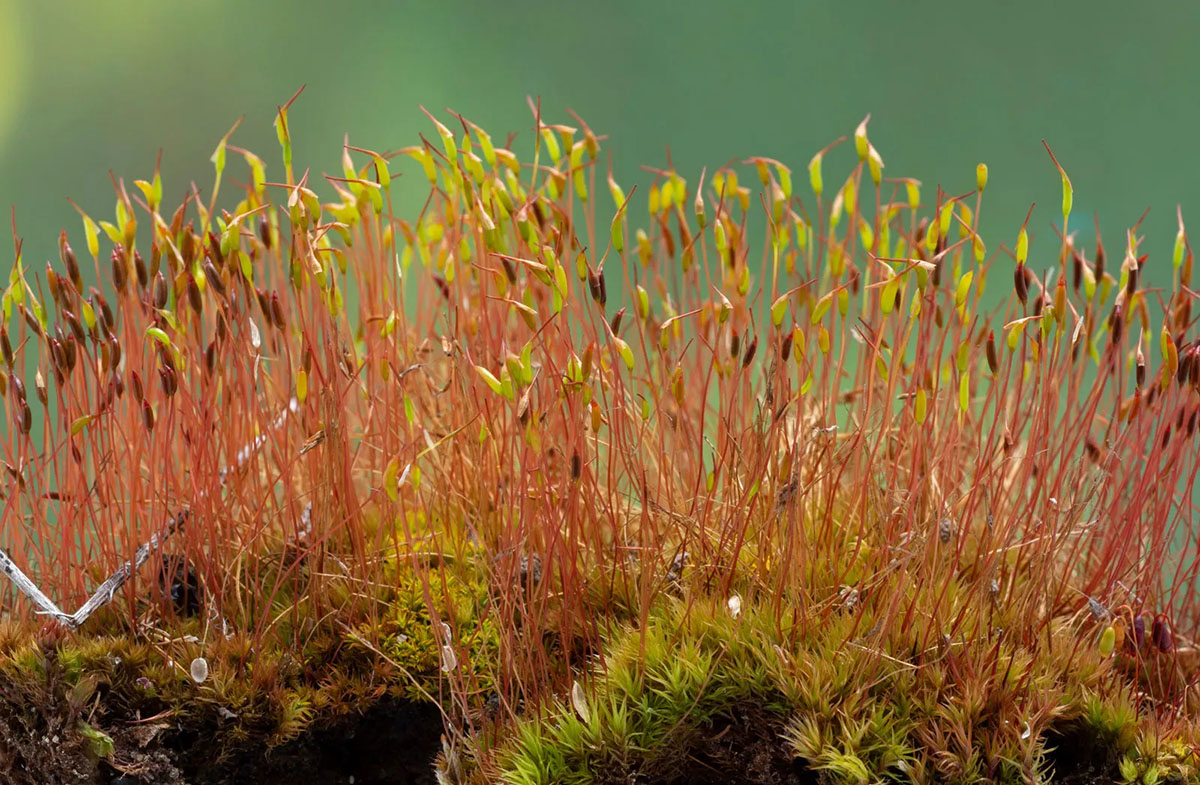
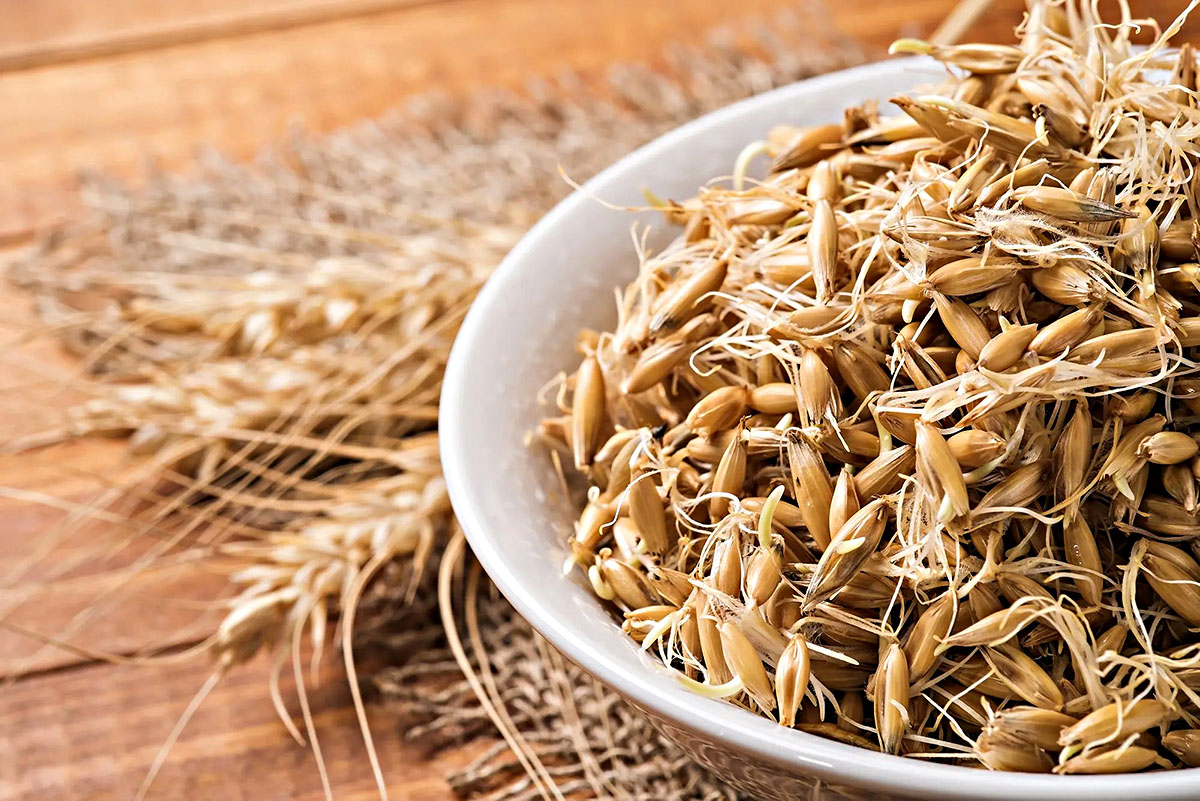
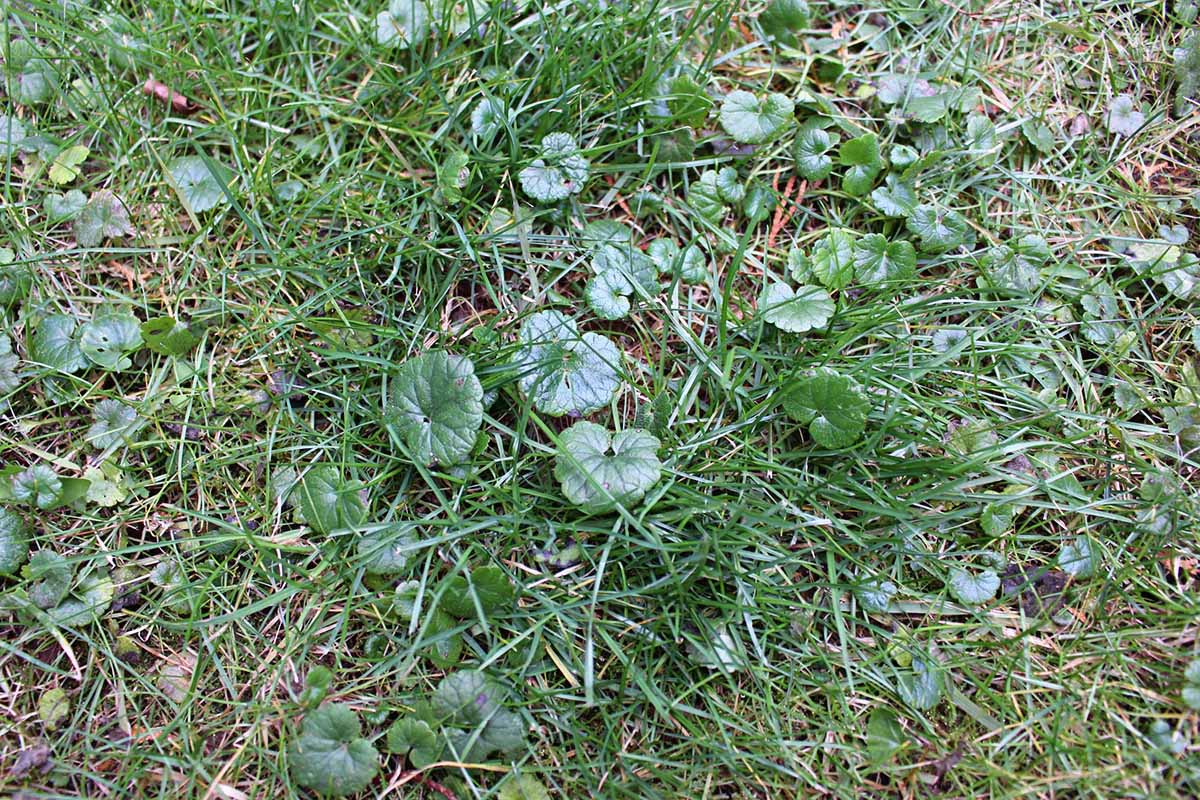

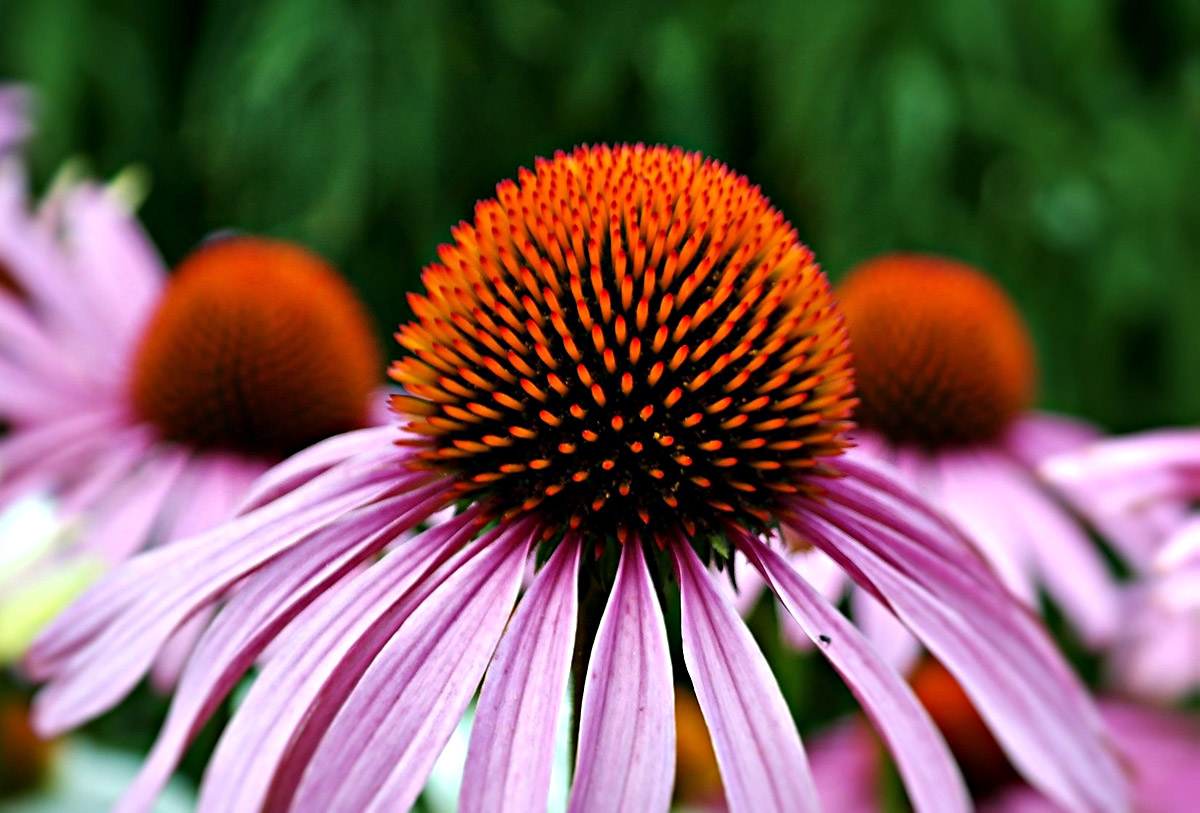

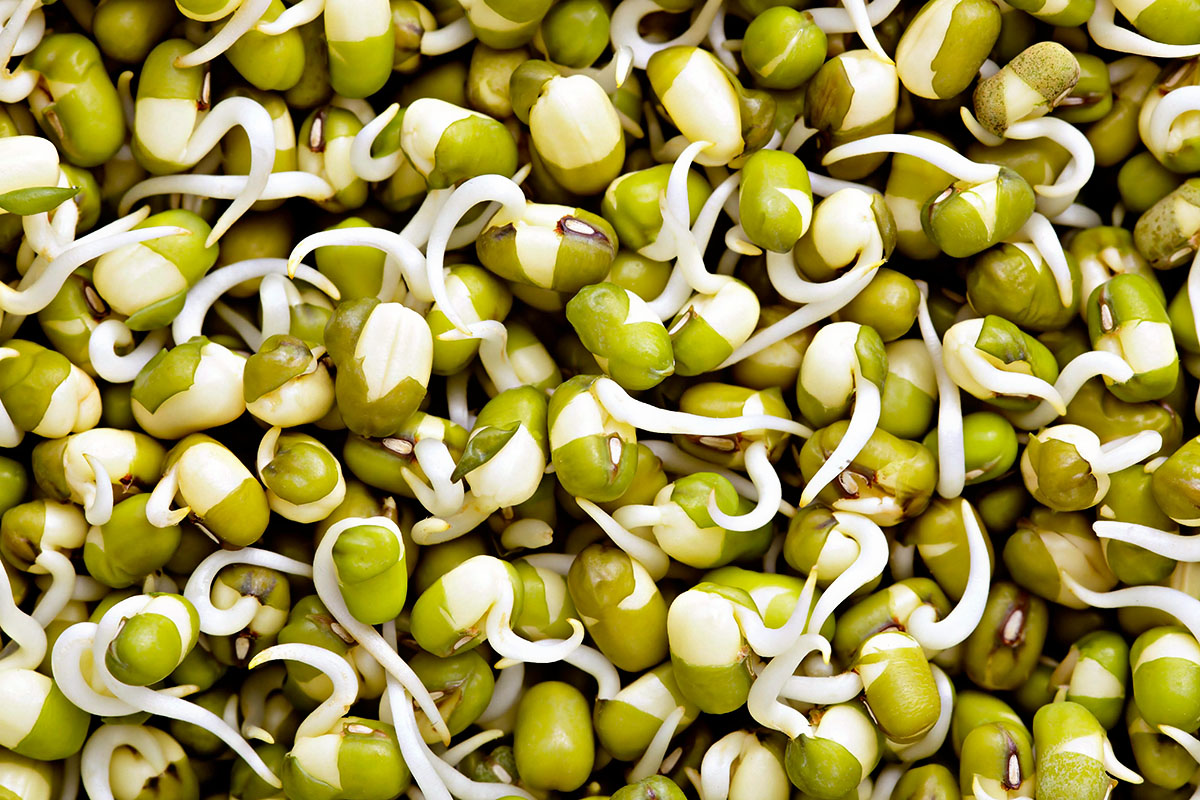
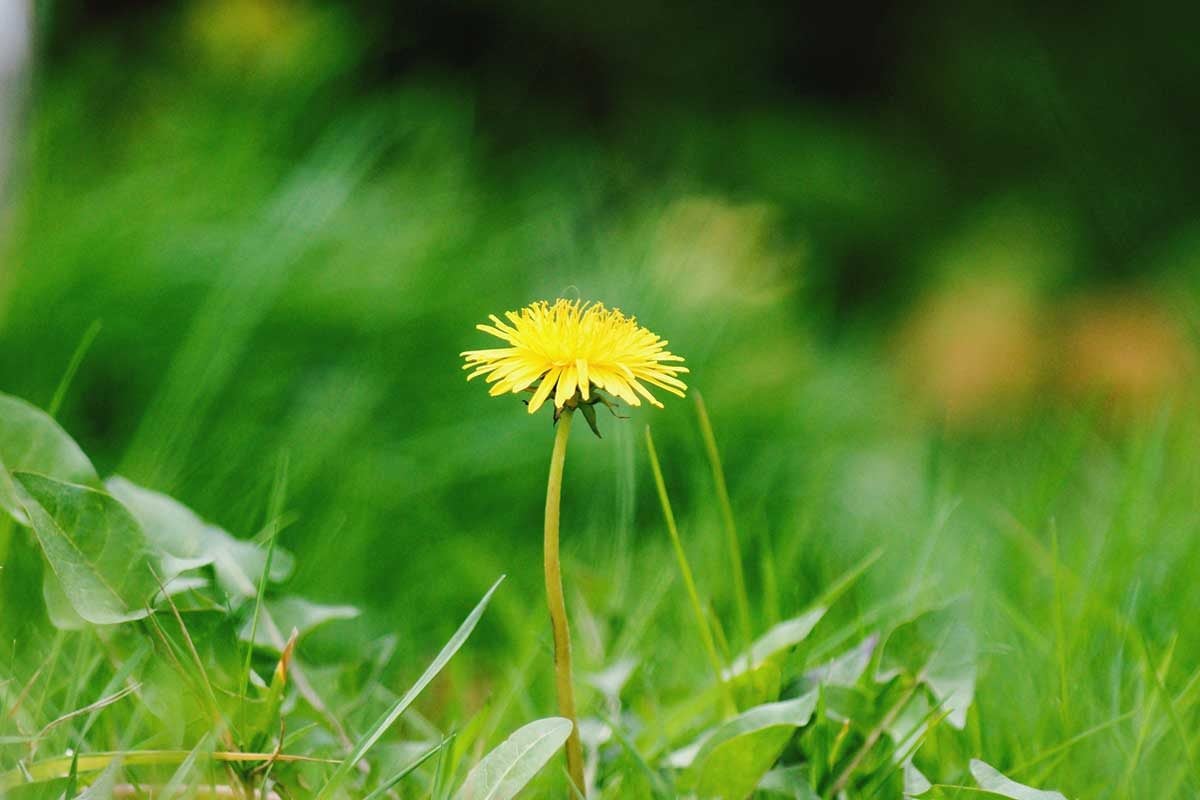
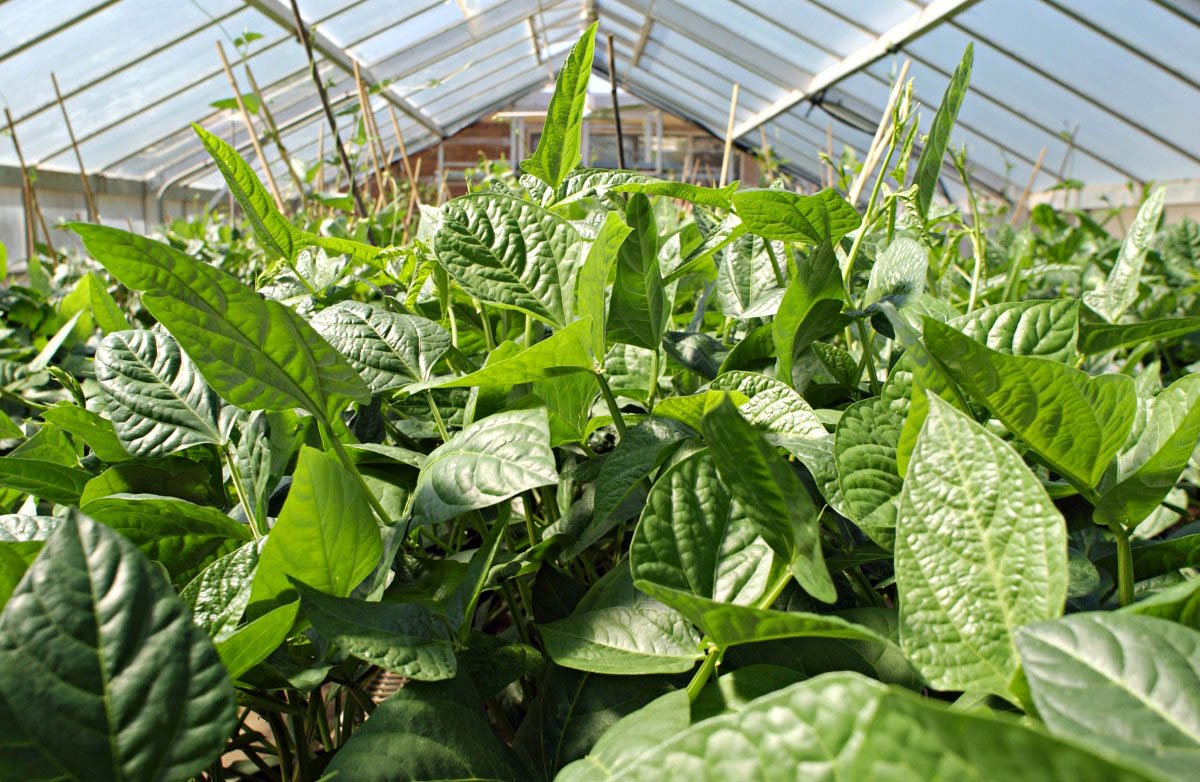



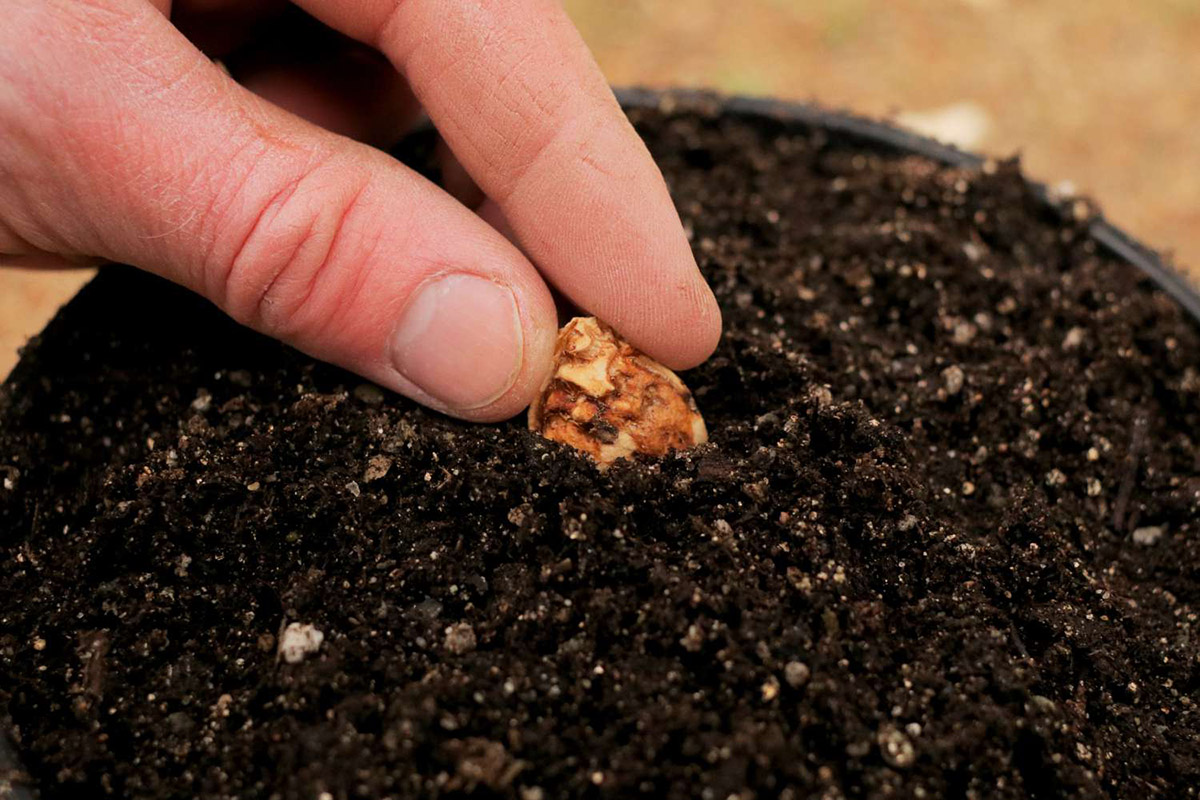

0 thoughts on “How Do Fungi Germinate”